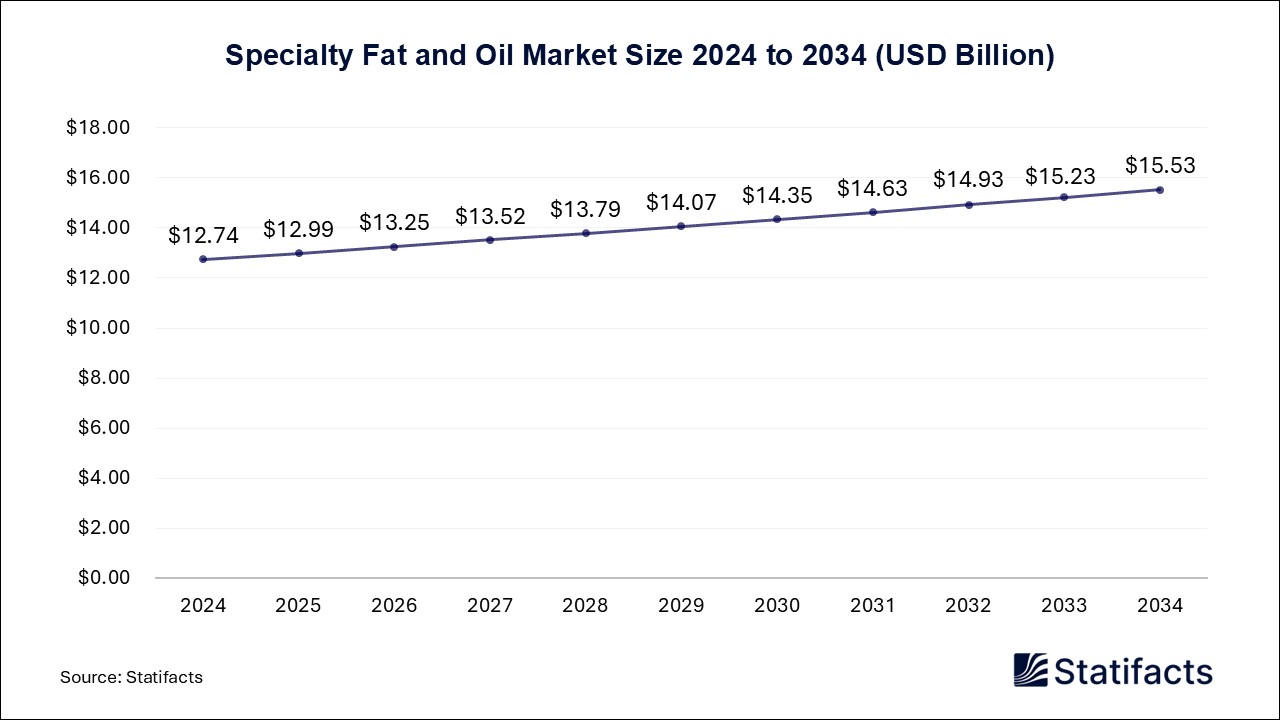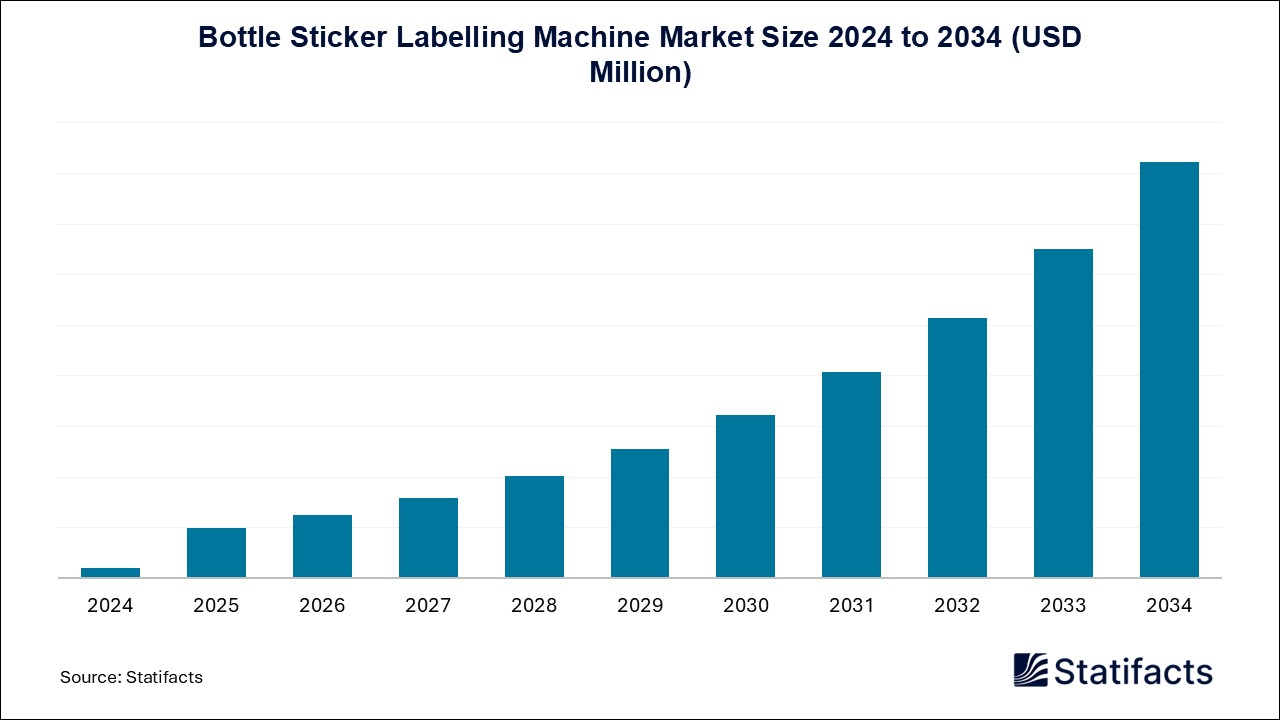

Our customers work more efficiently and benefit from
The global Single-use Bioprocessing Connectors market size was evaluated at USD 1,280 million in 2024 and is expected to grow around USD 5,550 million by 2034, registering a CAGR of 15.8% from 2025 to 2034.
| Industry Worth | Details |
| Market Size in 2025 | USD 1,480 Million |
| Market Size by 2034 | USD 5,550 Million |
| Market Growth Rate from 2025 to 2034 | CAGR of 15.8% |
The single-use bioprocessing connectors market refers to the production, distribution, and application of single-use bioprocessing connectors which are a flexible, efficient, and effective method to allow media to enter or leave a system flow path. Single-use components are disposable solutions that act in a variety of uses in bioprocessing, including maintaining the physical integrity of a bioprocess or helping to ensure a system, like one for aseptic processing, stays closed. Single-use technologies are products or solutions designed to be used only once and then disposed of. They are typically made from plastic materials. Connectors are a critical element in the process optimization of single-use bioprocessing systems.
In the biopharma industry, single-use technologies are disposable products that are intended for one-time use. Generally, these disposable products are made of many types of plastic, which can be in forms like ethylene vinyl acetate, cellulose acetate, polyvinyl chloride, polytetrafluorethylene, polypropylene, polyether sulfone, polyethylene, polycarbonate, or polyamide. Single-use technology is also gaining traction in downstream processing. Products commonly disposable are tubing, tangential flow filters, disposable filter cartridges, depth filters, and connectors.
Stringent regulatory guidance is driving the growth of the single-use bioprocessing connectors market. A stringent regulatory authority (SRA) is a national drug regulation authority that the World Health Organization (WHO) considers to apply stringent standards for quality, safety, and efficacy in its process of regulatory review of drugs and vaccines for marketing authority. The benefits of stringent regulatory guidance include reducing risk and increasing profitability, gaining better branding, fostering healthy competition, increasing efficiency and safety in the workplace, and avoiding unnecessary legal issues.
Stringent regulatory authority plays an important role in maintaining high standards across many industries, ensuring that products and services meet specific safety, quality, and ethical guidelines. Regulatory affairs collect, collate, and evaluate scientific data. Presenting registration documents to regulatory agencies and carrying out any subsequent negotiations necessary to obtain or maintain marketing authorization for the products concerned.
Rising adoption of single-use technologies contributing to the growth of the single-use bioprocessing connectors market. Single-use technologies and disposables refer to biopharmaceutical manufacturing (bioprocessing) equipment designed to be used once and then discarded. Single-use assemblies reduce the risk of contamination by reducing the need for cleaning and sterilization procedures, which can act as potential sources of microbial and cross-product contamination.
Each component is used only once and then discarded, ensuring a sterile environment for each production run. Additionally, disposable elements of single-use technologies can be quickly assembled and assembled, reducing the amount of downtime needed for cleaning, sterilization, and maintenance. This can allow for faster turnaround of the GMP equipment, thus leading to faster production cycles and greater productivity.
Advancements in bioprocessing technology are driving the growth of the single-use bioprocessing connectors market. The benefits of bioprocessing technology include that it acts as the engine behind the development and production processes of innovative pharmaceuticals, vaccines, and biotherapeutics, contributing to medical breakthroughs that have a profound impact on human health. Bioprocessing advances improve product yield, cut costs, and streamline integration between upstream and downstream processes. Automated bioprocessing enhances product quality by reducing the need for operator interactions and simplifying production processes. Bioprocess engineering is the essential component for the rapid transition of bioproducts from the laboratory to manufacturing scale able to provide the benefits.
Published by Laxmi Narayan , March 2025
For any questions about this dataset or to discuss customization options, please write to us at sales@statifacts.com
| Stats ID: | 8146 |
| Format: | Databook |
| Published: | March 2025 |
| Delivery: | Immediate |
| Price | US$ 1550 |



| Stats ID: | 8146 |
| Format: | Databook |
| Published: | March 2025 |
| Delivery: | Immediate |
| Price | US$ 1550 |

You will receive an email from our Business Development Manager. Please be sure to check your SPAM/JUNK folder too.

Unlock unlimited access to all exclusive market research reports, empowering your business.
Get industry insights at the most affordable plan
Stay ahead of the competition with comprehensive, actionable intelligence at your fingertips!
Learn More Download
Download

